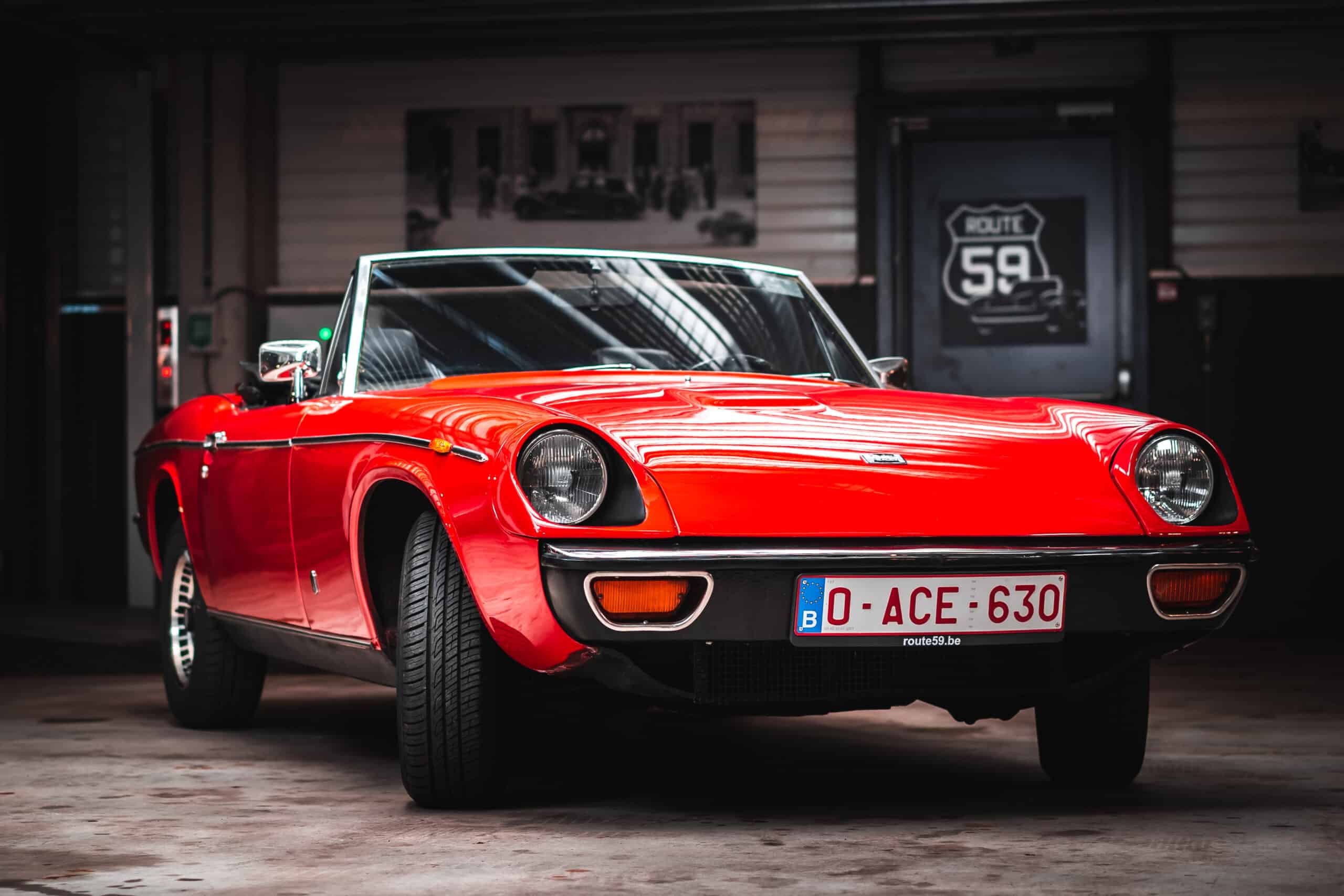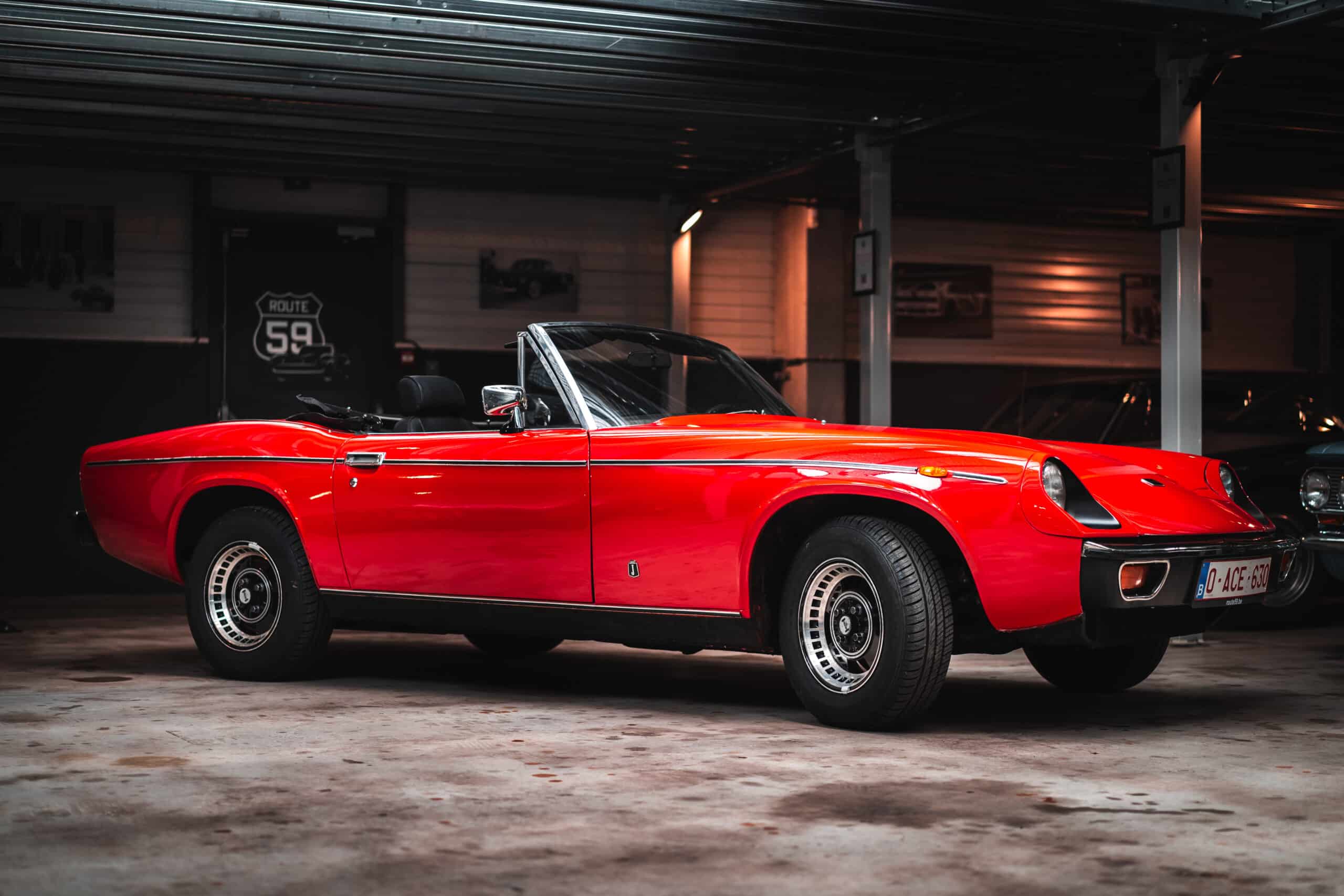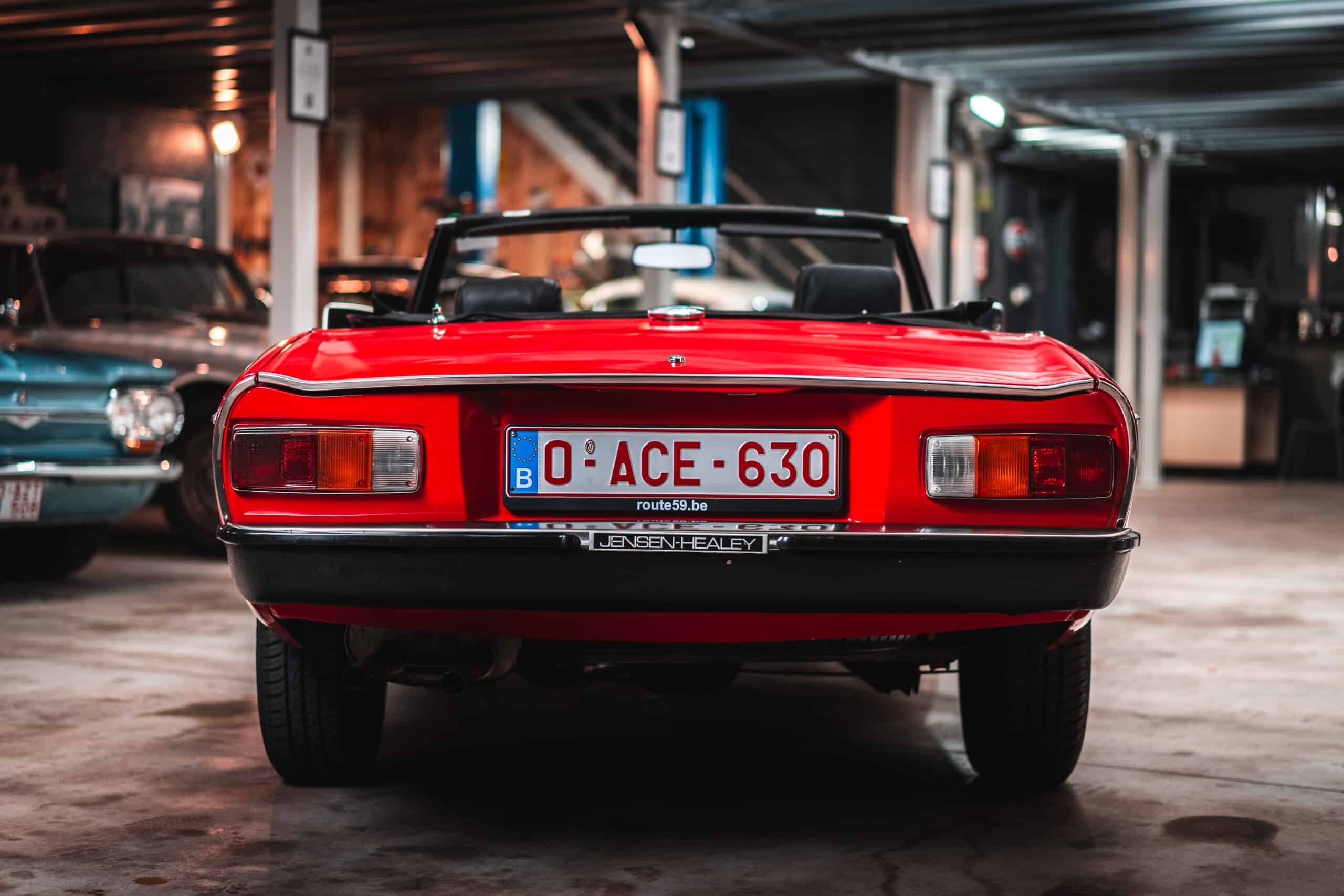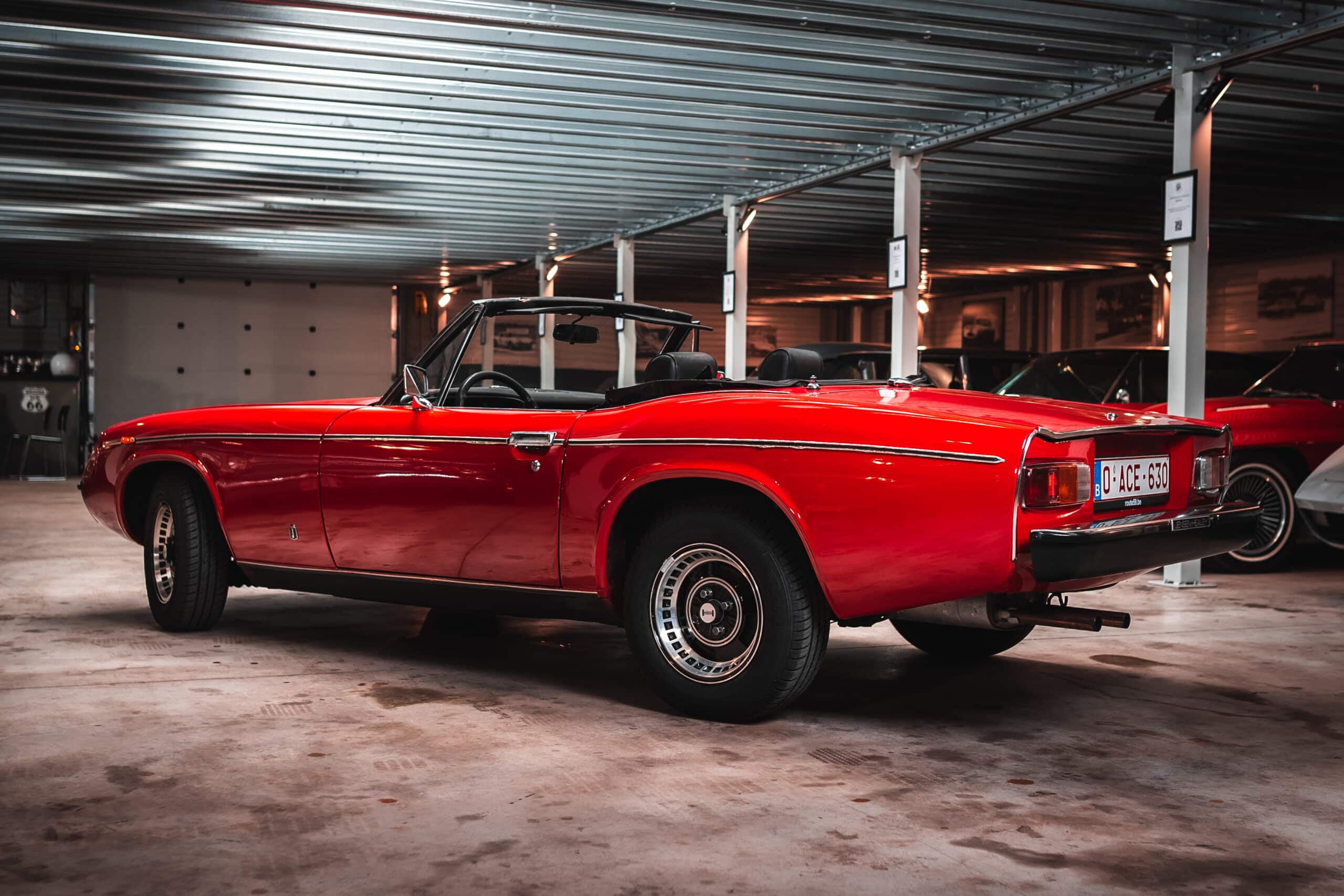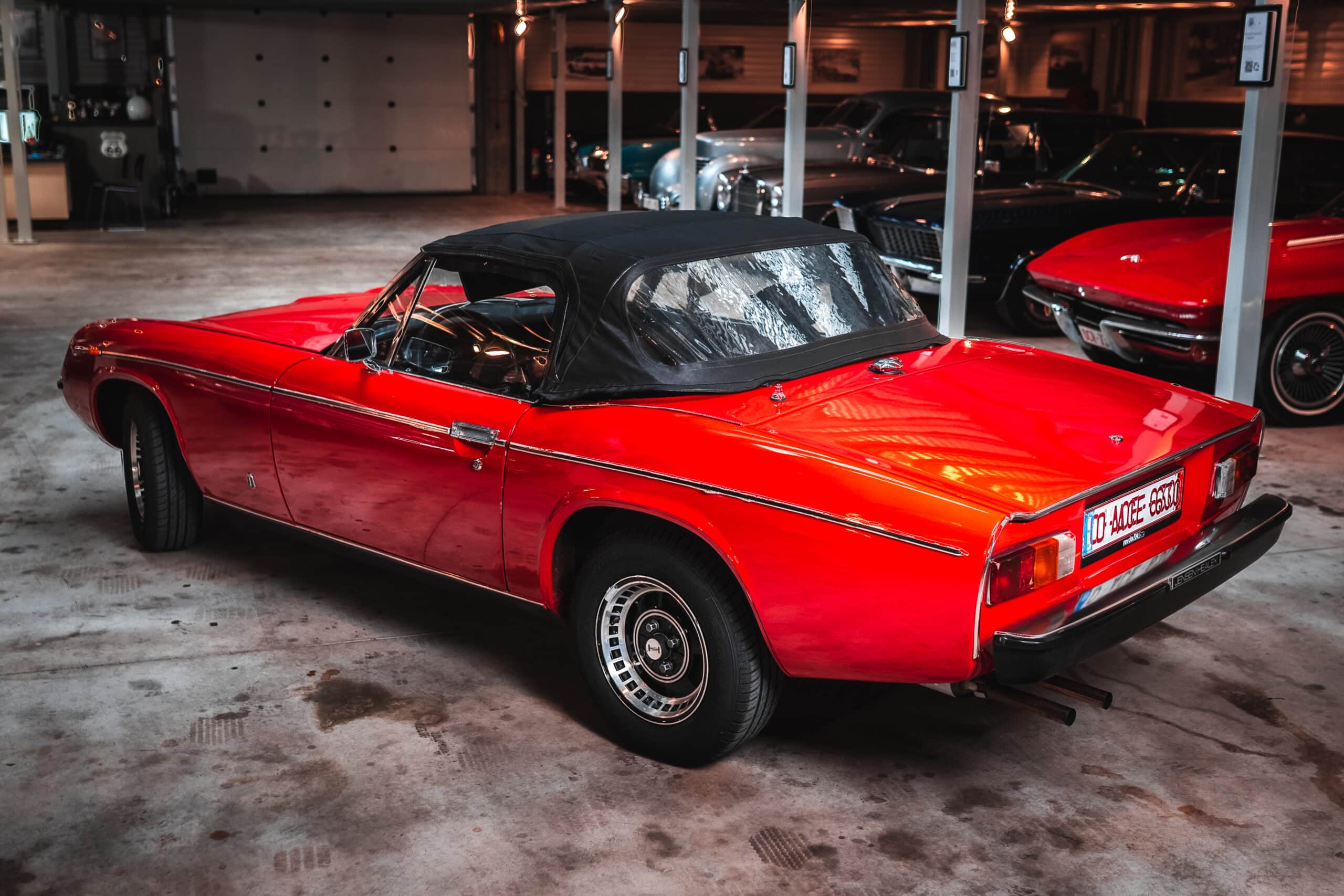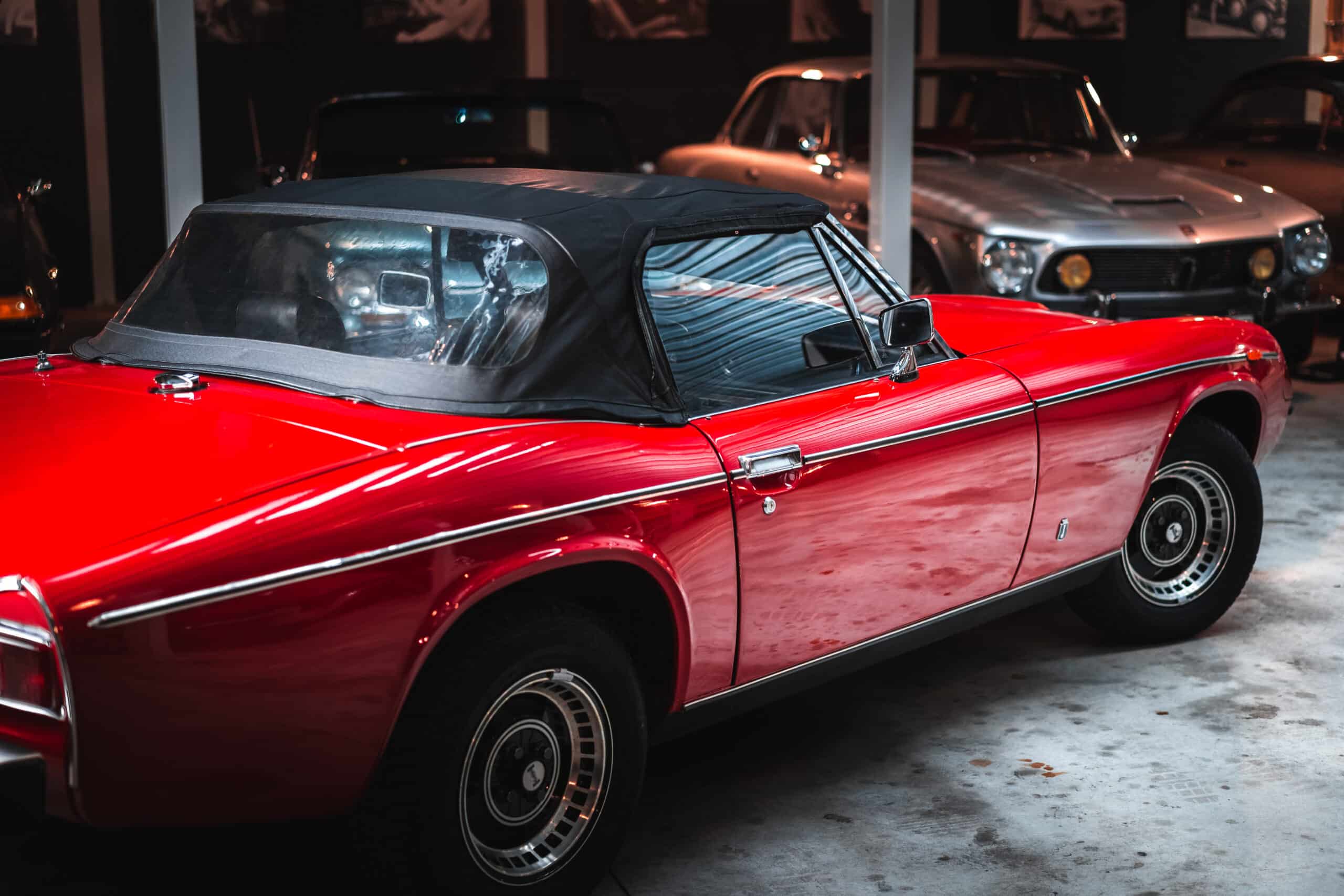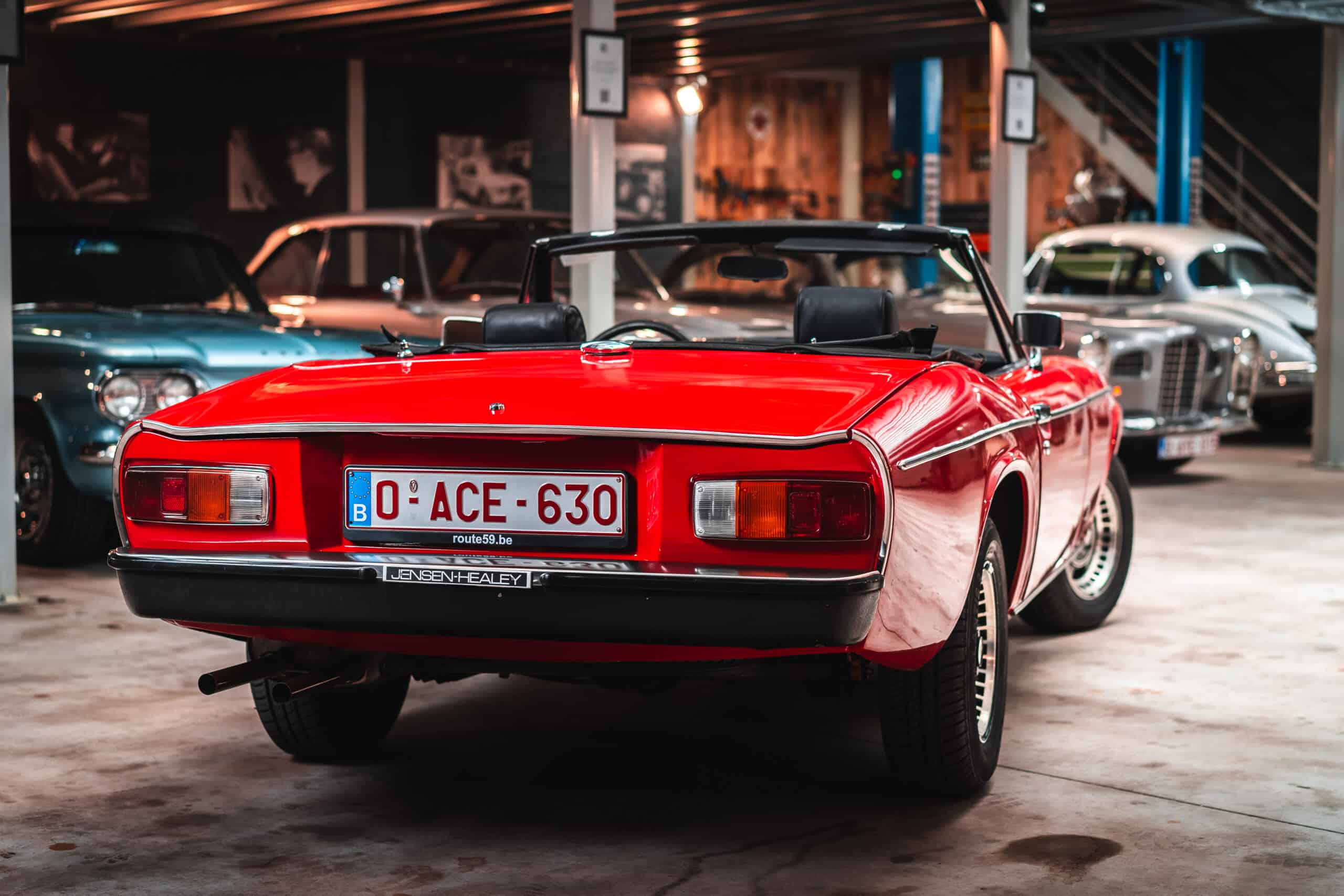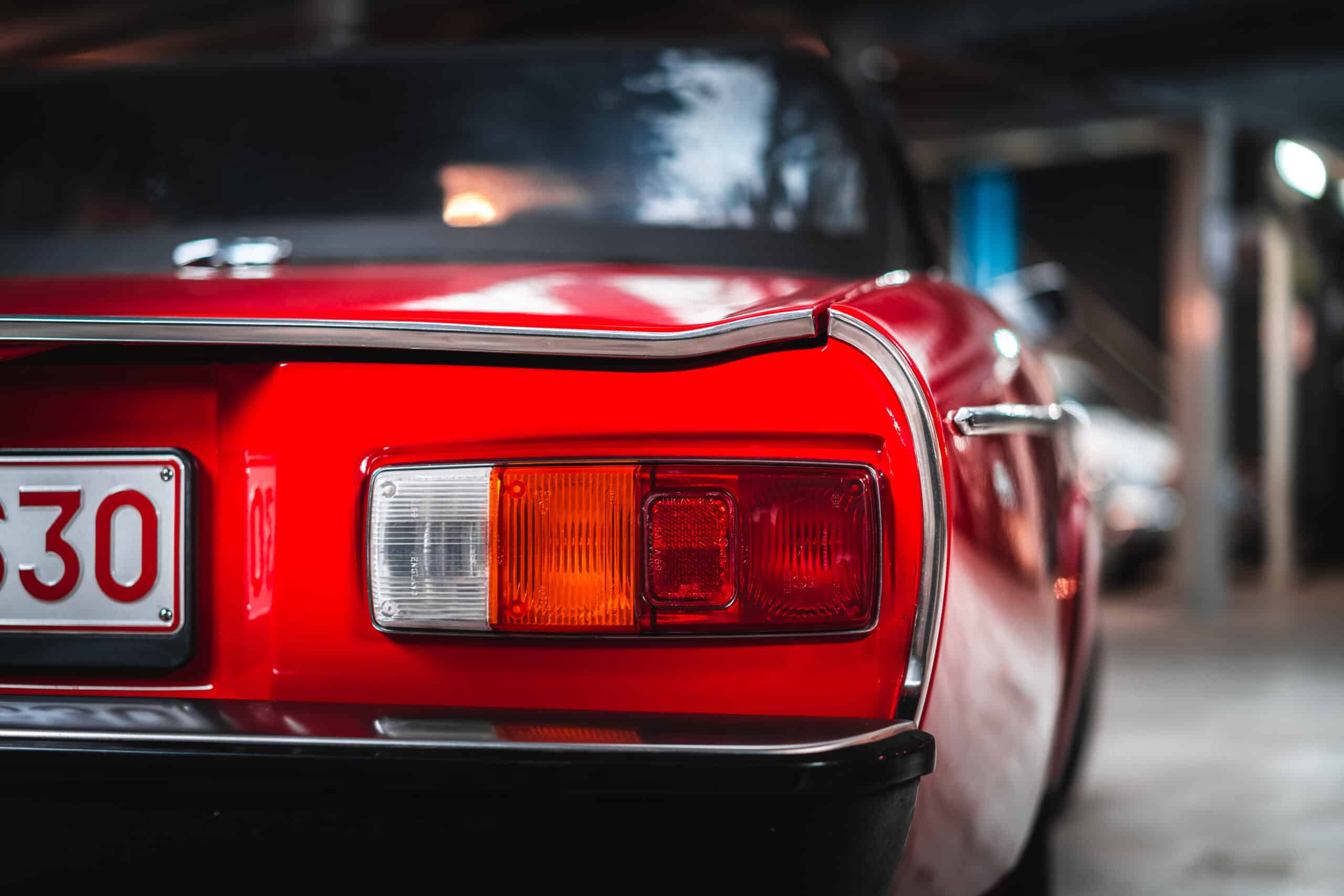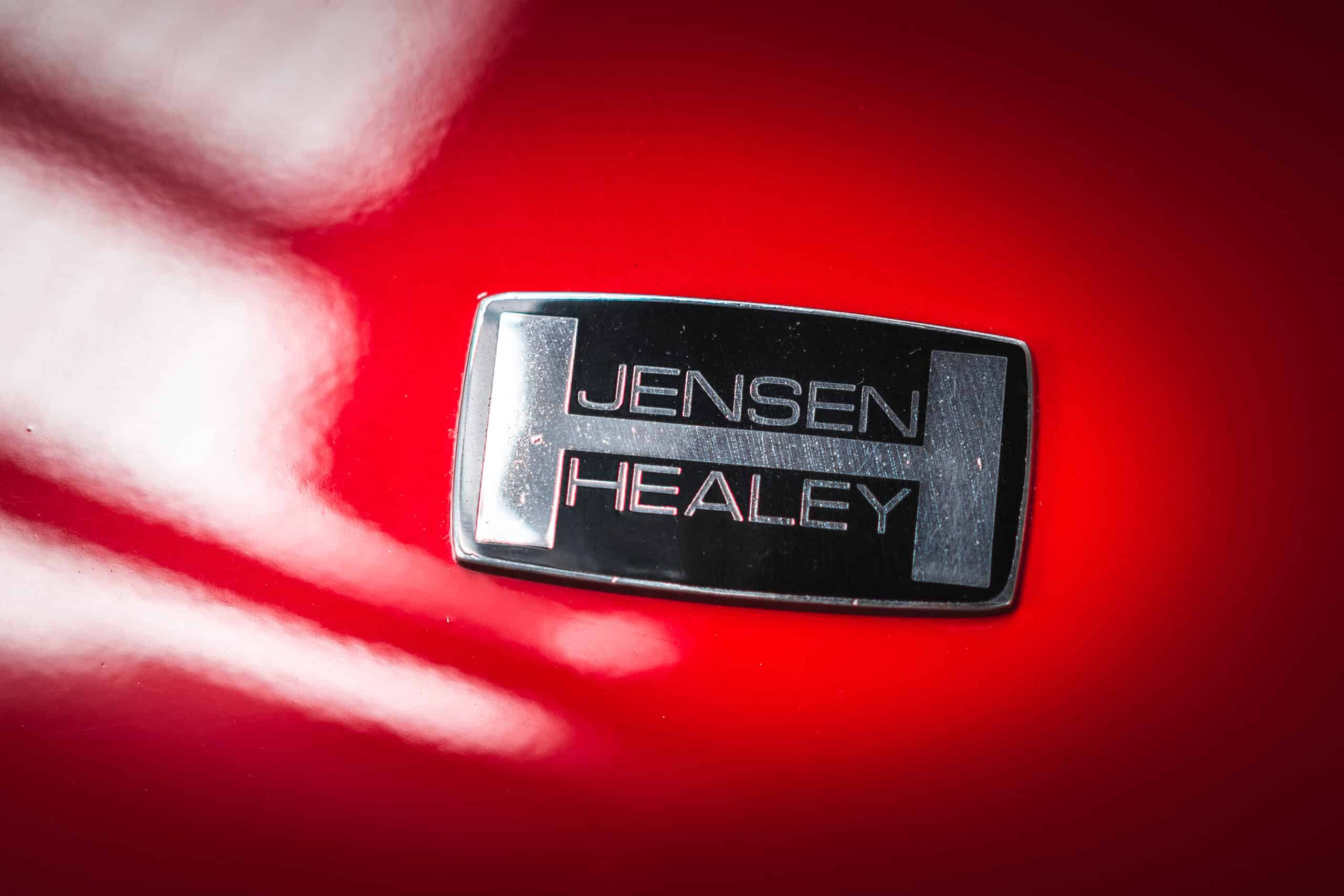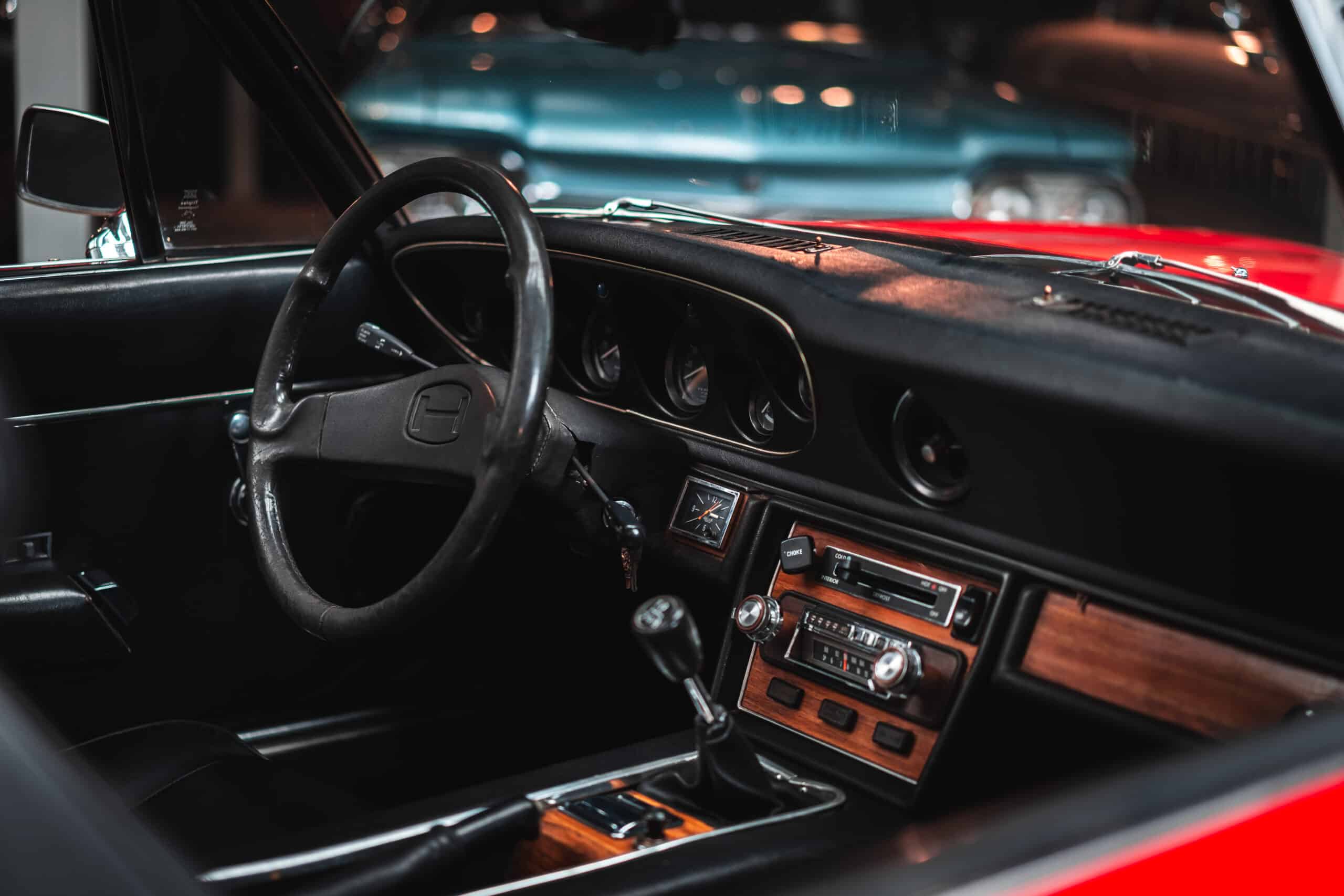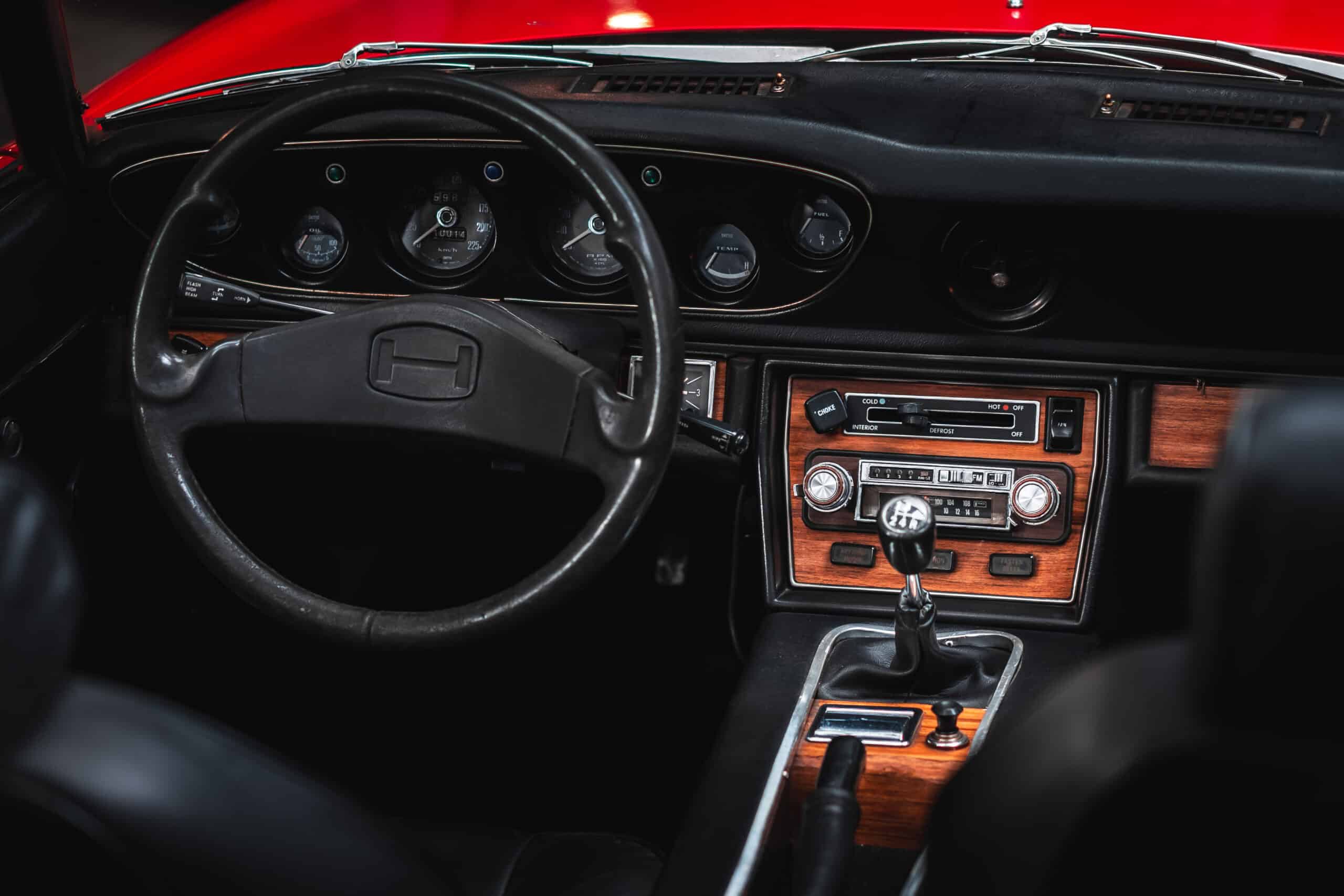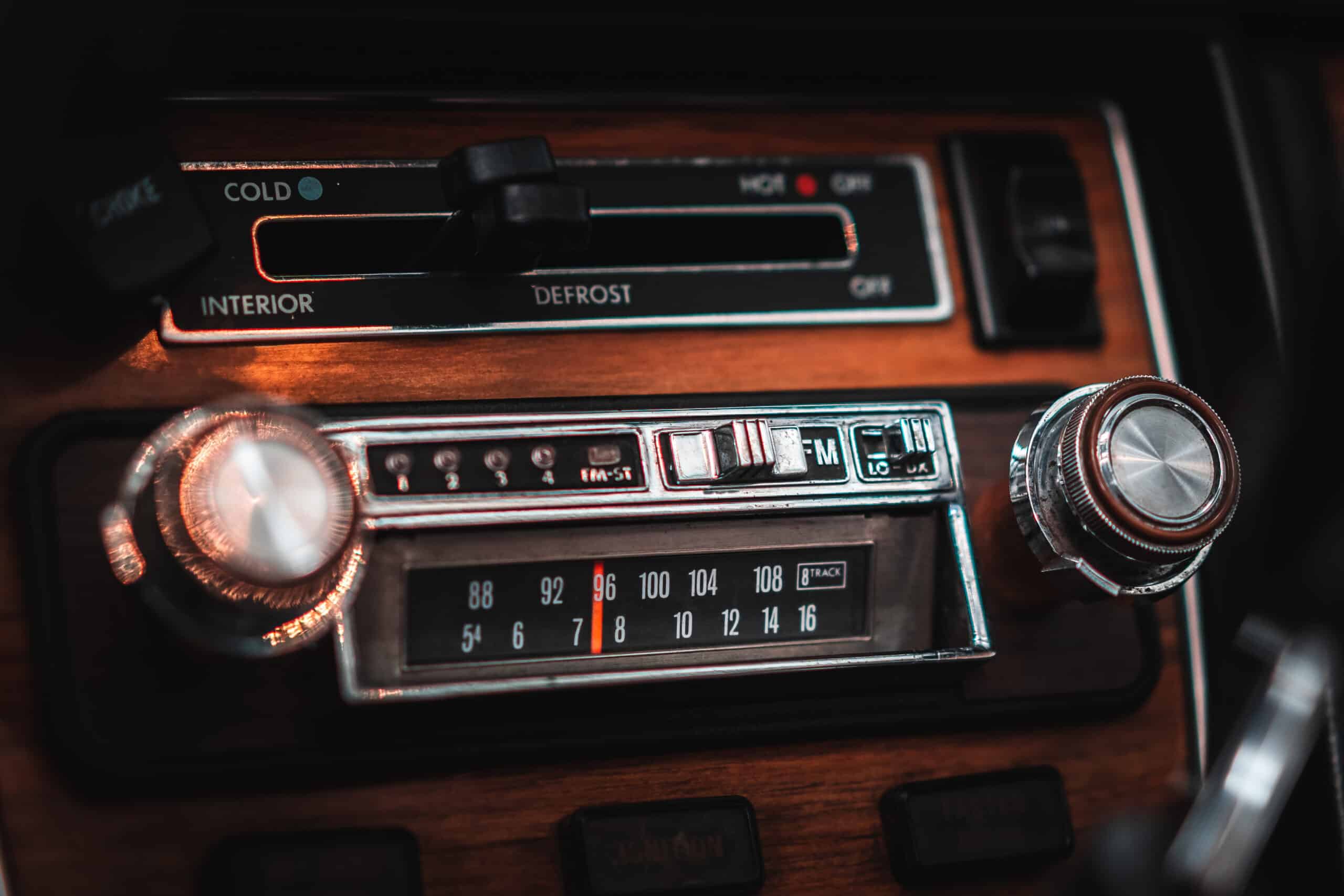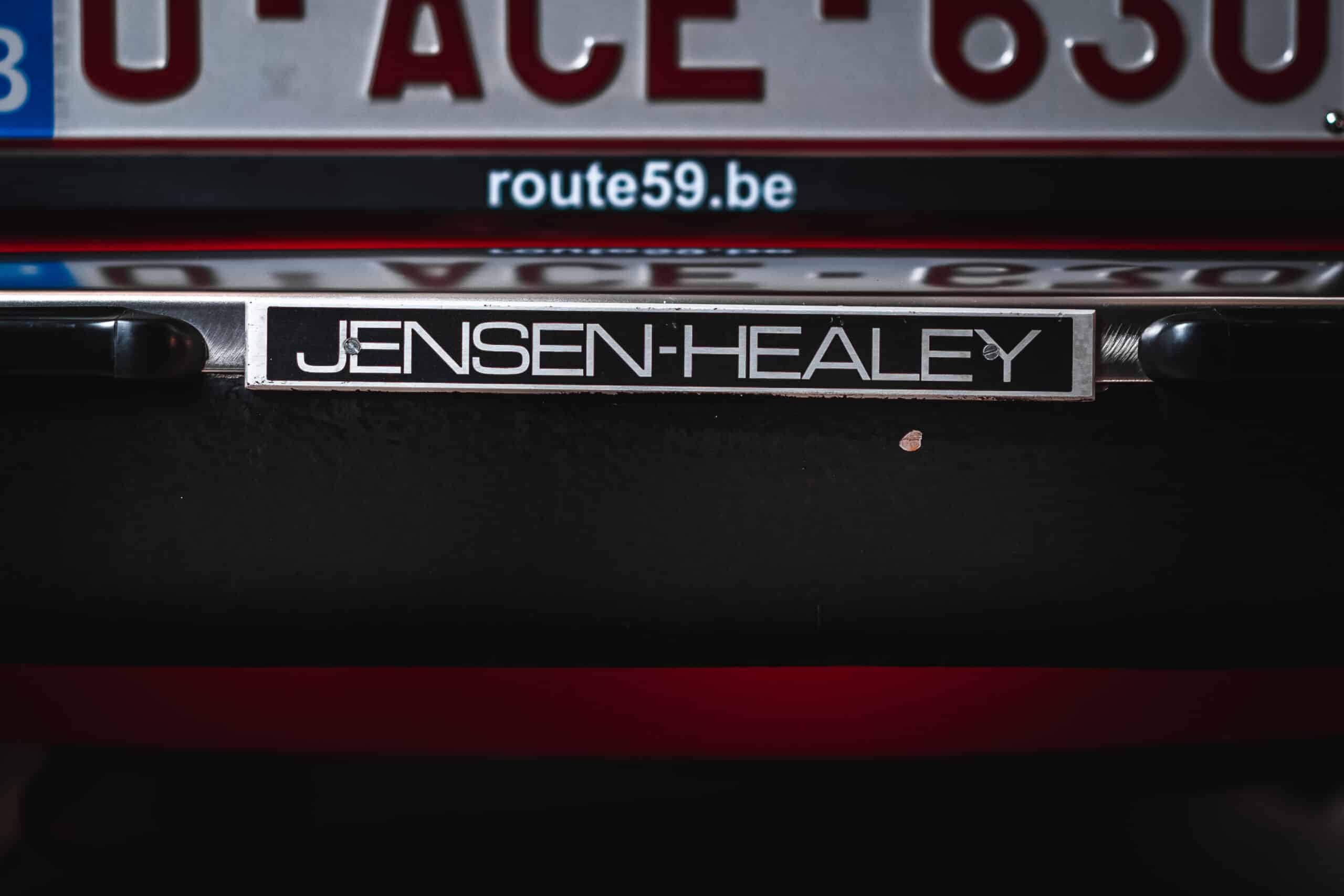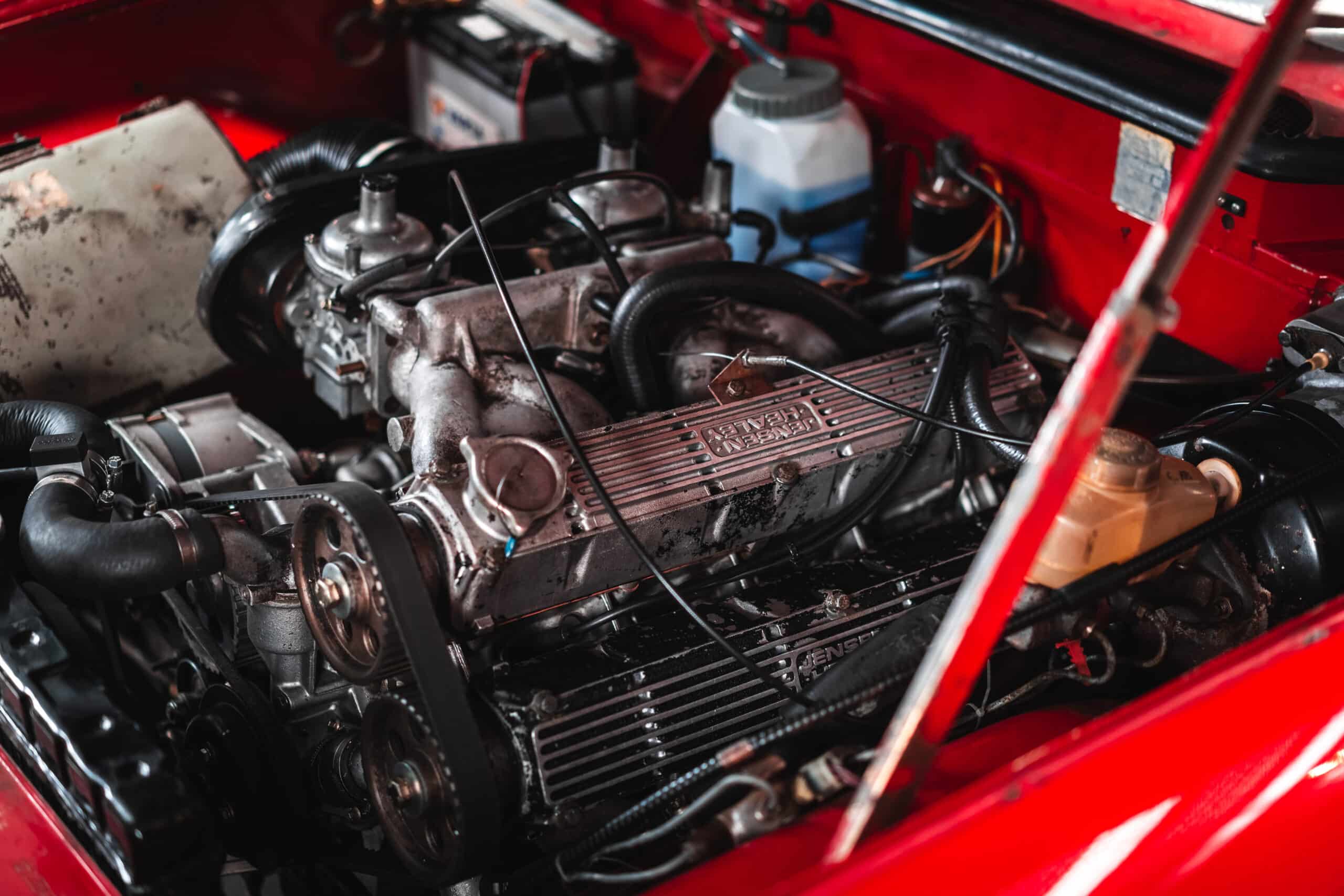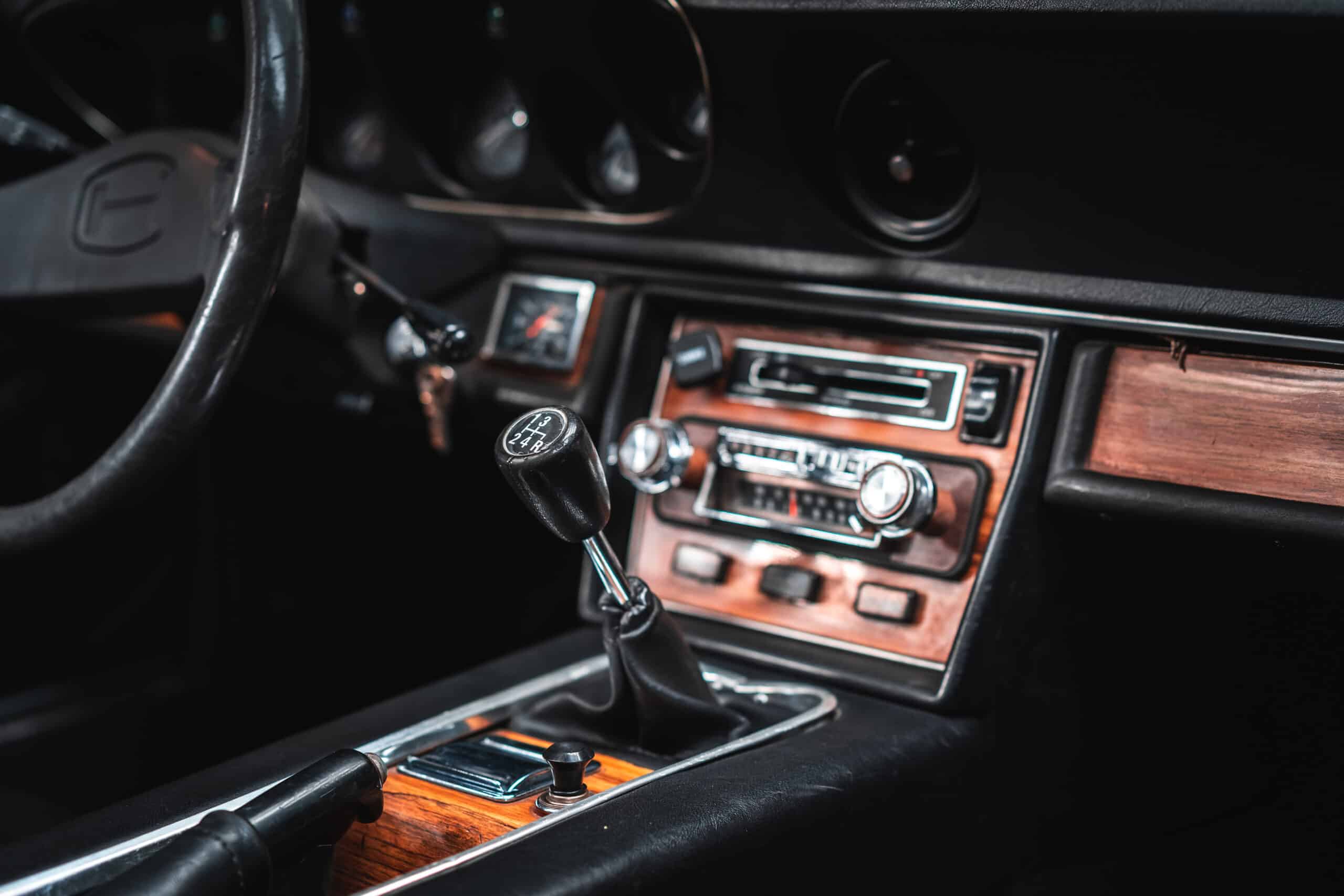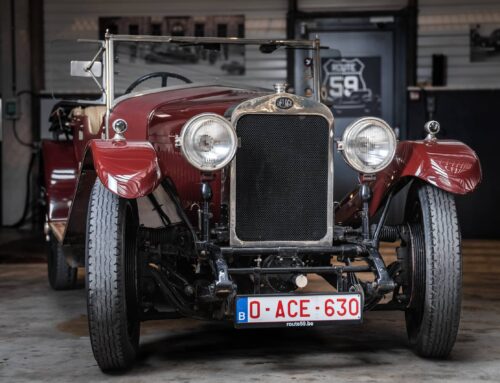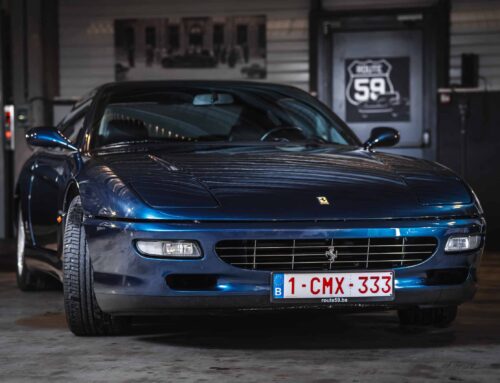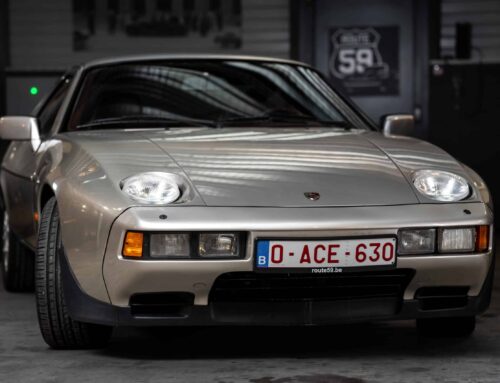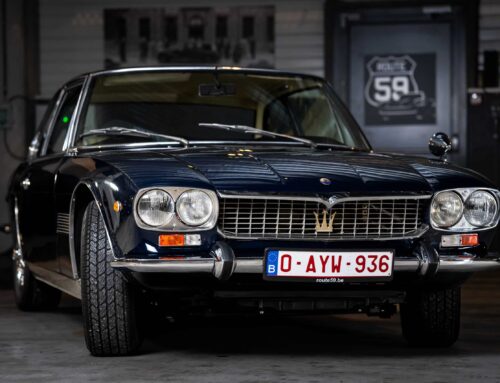Jensen Healey mk2
| Brand | Jensen |
| Model | Healey |
| Color | Red |
| Transmission | Manual 4-speed |
| Pk | 140 ch |
| Year | 1974 |
| Price | Not for sale |
The Jensen-Healey is a classic car with a contradictory reputation. On the one hand, it was a great success in motorsports, being one of the few cars in history to win the Sports Car Club of America (SCCA) Production D Championship in its first year of racing. She would go on to win five of these championships in total, proving that her inaugural victory was no fluke.
The other side of the Jensen-Healey’s reputation is decidedly less glowing: when the model was first released in 1973, it experienced a series of engine and body problems, earning a bad reputation that haunted the model long after those problems were corrected.
Fast facts:
- The Jensen-Healey was introduced in 1973 to replace the popular Austin-Healey 3000 sports car, produced from 1959 to 1967.
- A series of significant improvements were incorporated into the Jensen-Healey, it was built using a steel body rather than a body-on-frame like its ancestor, and it was powered by a new advanced all-alloy DOHC engine from Lotus.
- A number of design iterations were created prior to production, some using pop-up headlights and others having a more conventional front end inspired by competing cars like the Triumph TR6 and MGB.
- Ultimately, the Jensen-Healey would remain in production from 1973 until 1976, when Jensen Motors ceased operations. Just over 10,000 cars were built and they remain affordable classics today.
The original plans for the Jensen-Healey date back to the late 1960s. Donald Healey and his team intended to create a replacement for the big Healey, a slightly smaller car with a four-cylinder engine, good balance and precise handling.
Jensen Motors had supplied bodies for the Austin-Healey 3000, so Donald Healey already had a good working relationship with them. Kjell Qvale was the largest Austin-Healey dealer in the United States, and so Jensen, Qvale and Healey came together to create the new sports car.
The development process for this new car was fraught with difficulties, with the search for a suitable engine being perhaps the biggest dilemma. Ford engines, including the Pinto and Essex V6, were considered, a Vauxhall engine was in the running, and the final car was almost powered by the 2.0-liter M10 engine used in the 2002 BMW.
Finally, the car will be powered by the brand new Lotus 907 engine. It is a four-cylinder 45º alloy engine with double overhead camshaft, four valves per cylinder and 144 hp. This engine proved to be both a blessing and a curse for the Jensen-Healey – it was light and offered excellent performance, but it was also very new and untested.
The final design of the Jensen-Healey included a convertible, stamped steel unibody structure with double-wishbone suspension and coil springs up front, and a direct axle and trailing arms with springs in the rear. Power is provided by the Lotus 907 engine which will also be used in the Lotus Eclat, Lotus Elite and Lotus Esprit. Power was transmitted through a 4-speed gearbox at the beginning, with a 5-speed gearbox fitted on later models.
The Jensen-Healey’s successes on the racetrack were significant and probably would have made the car a best-seller had it not experienced initial problems. When the Jensen-Healey won the SCCA D production championship in its first year of racing (1973), it received very positive media coverage, followed by four more victories in that same championship. The car has also proven to be very competitive in vintage racing, a Jensen-Healey won the Rolex Monterey Historics in 2013, and was awarded the Presidents Cup.
Unfortunately, today the Jensen-Healey is best known for the problems that plagued the first generation of Mark 1 cars. The largely untested Lotus 907 engine had a wide range of problems, including oil and water pump failures, timing belt slippage, oil leaks and other issues. The bodies of these cars were also prone to rust (as were many other cars of the time, of course), and the tops of convertibles were known to leak.
These problems were largely corrected in later versions of the Jensen-Healey, and many (if not most) of the Mark I examples on sale today have been repaired. Despite the relatively low production volume, parts sourcing for the Jensen-Healey is excellent thanks to the fact that much of the suspension is sourced from Vauxhall, the engine and gearbox are sourced from outside manufacturers, and the body panels can all be ordered new from parts supplier Martin Robey.
The 1973 oil crisis and initial difficulties with the Jensen-Healey caused major financial problems for Jensen Motors, which, combined with strikes by plant workers, brought the company to its knees in 1976, when it ceased operations with the end of life of the Jensen Interceptor and Jensen-Healey models.
The car you see here is a 1974 mk2 model from the second year of production, the VIN number also indicates that this is one of the first cars in the Mark II class. It was painted red.
It had only one owner from its initial delivery in Germany until May 2022! This is a rare European version, entirely original. It is accompanied by a complete history, the maintenance booklet, all the invoices and documents relating to the car, which is exceptional for a 50 year old car!


